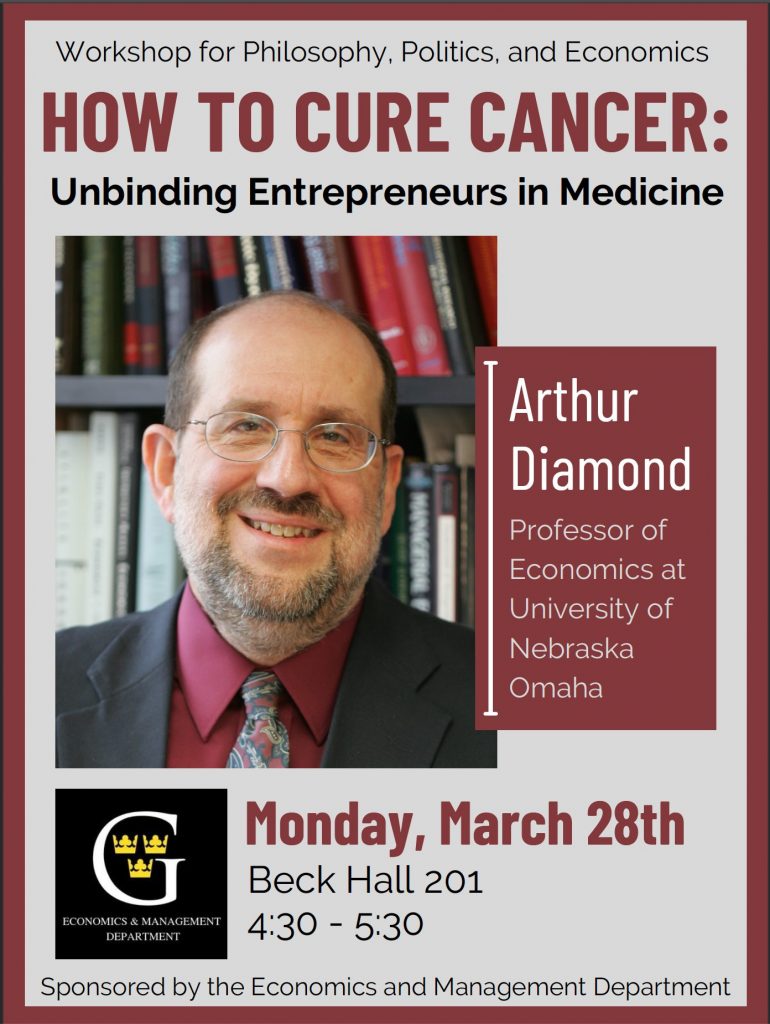(p. A17) WASHINGTON — President Biden unveiled a plan on Wednesday to reduce the death rate from cancer by at least 50 percent over the next 25 years — an ambitious new goal, he said, to “supercharge” the cancer “moonshot” program he initiated and presided over five years ago as vice president.
Mr. Biden, joined by his wife, Jill Biden, and Vice President Kamala Harris, also announced a campaign to urge Americans to undergo screenings that were missed during the coronavirus pandemic.
. . .
More screenings are not the answer — the only cancers for which screening has indisputably lowered the death rate are colon and cervical. Death rates for other cancers, like breast, have fallen, but a large part of the drop, if not all of it, is because of improved treatment, said Donald A. Berry, a biostatistician at the University of Texas M.D. Anderson Cancer Center who has spent decades studying these issues.
“Everybody loves early detection, but it comes with harms,” he said — principally, the harm of finding and treating tumors that do not need to be treated because they are innocuous. “The harms we know, but the benefits of screening are very uncertain,” he said.
If the age-adjusted cancer death rate were to plunge by 50 percent, it would have to be because cancers were being cured. Some treatments, like a drug that treats chronic myelogenous leukemia, have slashed death rates for that disease, but such marked effects in cancer are few and far between.
. . .
The White House billed the event as a fresh push by the president to “reignite” the moonshot program and “end cancer as we know it.”
. . .
Yet one Wall Street analyst who specializes in biotechnology and pharmaceuticals said that the time, money and effort might be better spent on initiatives to prevent cancer, like reducing smoking and rates of obesity. The Centers for Disease Control and Prevention says being obese increases a person’s risk of cancer. And reducing smoking is a proven way to cut the cancer death rate.
“This moonshot is 100 percent hype; this is the absolute wrong way to do this,” said the analyst, Stephen Brozak, the president of WBB Securities.
Presidents since Richard M. Nixon have sought to tackle cancer, of which there are more than 100 types of disease that can vary in how they grow, spread and respond to treatment. The cancer institute estimates that nearly 40 percent of men and women will be diagnosed with some type of cancer at some point during their lifetimes. The American Cancer Society estimates there will be 1.9 million new cases of cancer in the United States this year, and more than 609,000 cancer deaths.
For the full story, see:
(Note: ellipses added.)
(Note: the online version of the story has the date Feb. 2, 2022, and has the title “Biden Presents Ambitious Plan to Cut Cancer Death Rate in Half.”)


